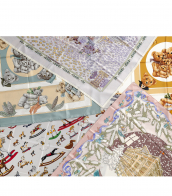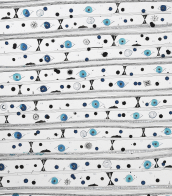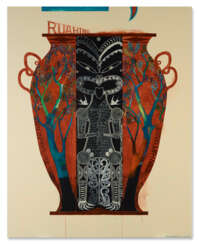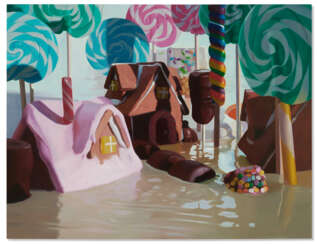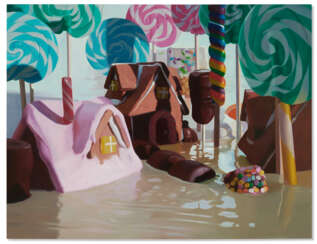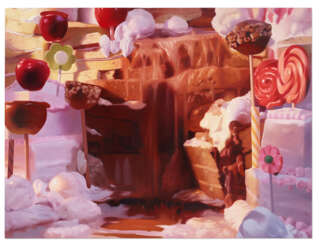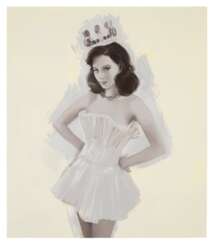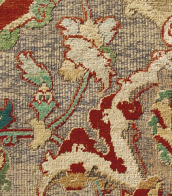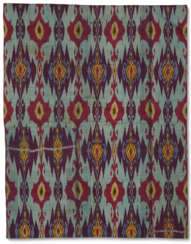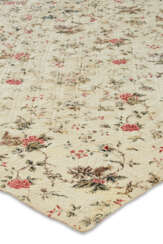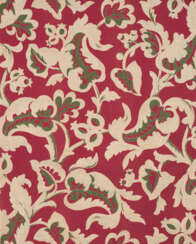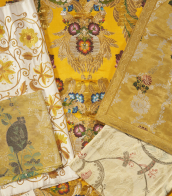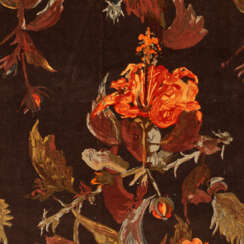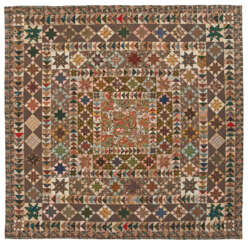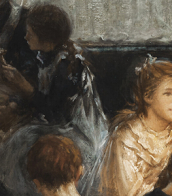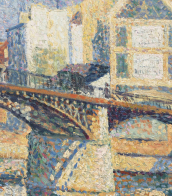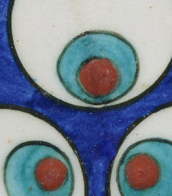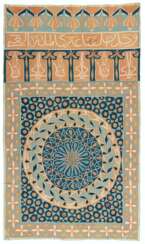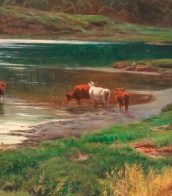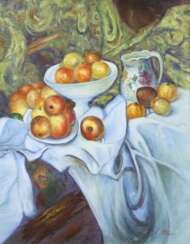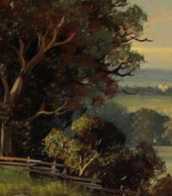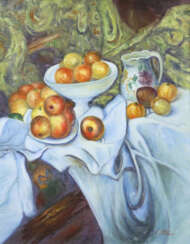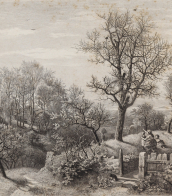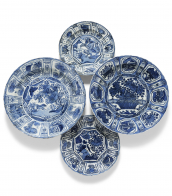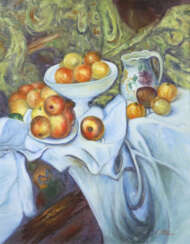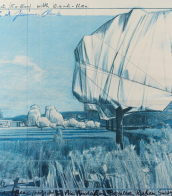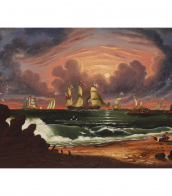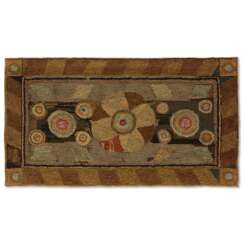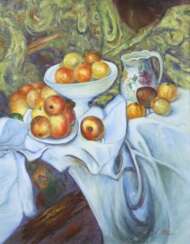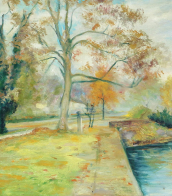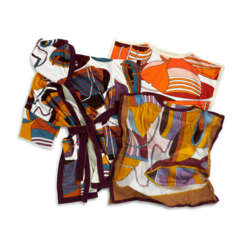cotton
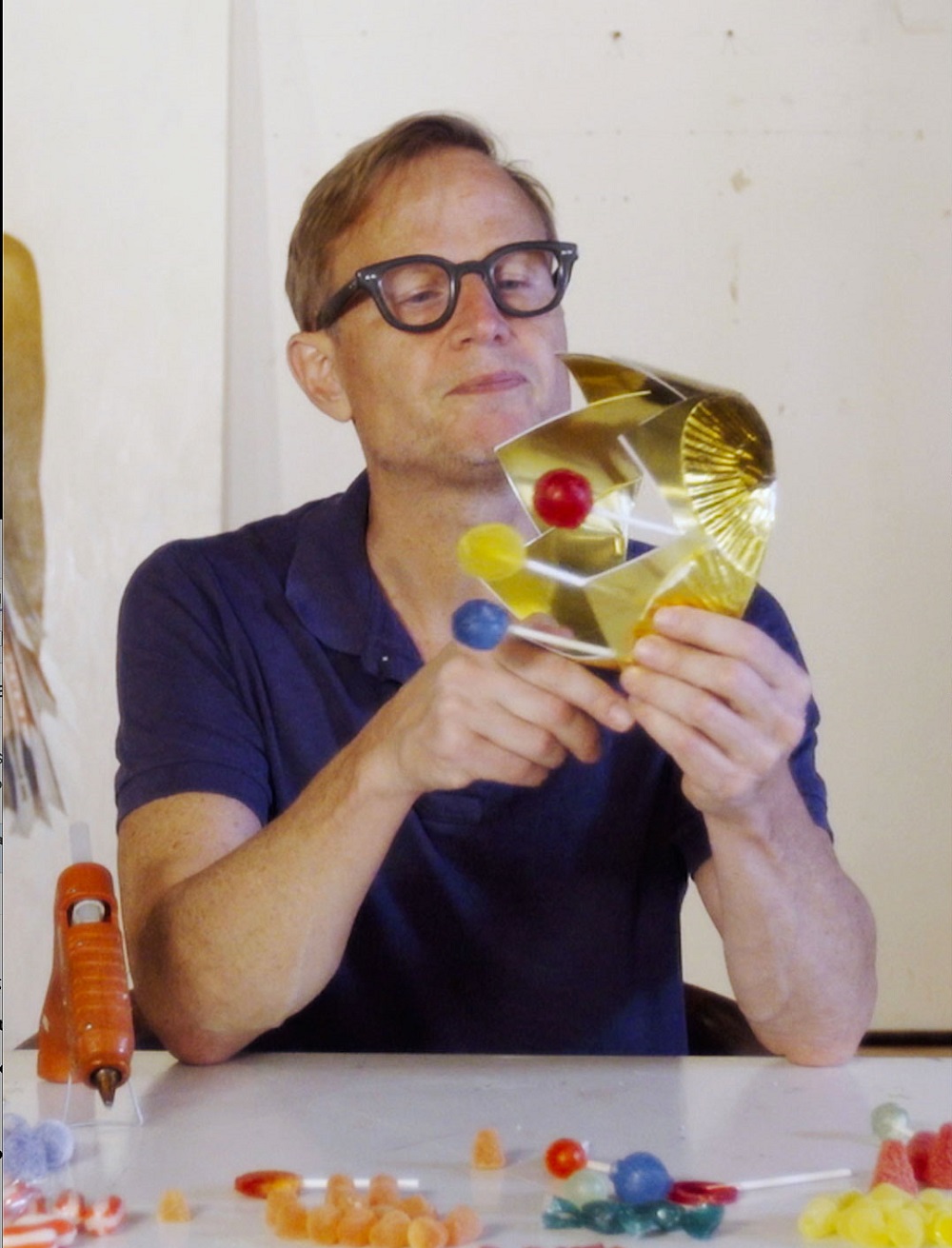
Will Cotton is an American painter. His work primarily features landscapes composed of sweets, often inhabited by human subjects. Will Cotton lives and works in New York City.
In 1996, Cotton began to develop an iconography in which the landscape itself became an object of desire. The paintings often feature scenery made up entirely of pastries, candy and melting ice cream. He creates elaborate maquettes of these settings from real baked goods made in his Manhattan studio as a visual source for the final works. Since about 2002, nude or nearly nude pinup-style models have occasionally populated these candy-land scenes. As in the past, the works project a tactile indulgence in fanciful glut. The female characters are icons of indulgence and languor, reflecting the feel of the landscape itself.
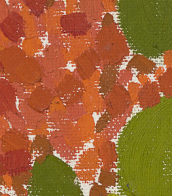

Will Cotton is an American painter. His work primarily features landscapes composed of sweets, often inhabited by human subjects. Will Cotton lives and works in New York City.
In 1996, Cotton began to develop an iconography in which the landscape itself became an object of desire. The paintings often feature scenery made up entirely of pastries, candy and melting ice cream. He creates elaborate maquettes of these settings from real baked goods made in his Manhattan studio as a visual source for the final works. Since about 2002, nude or nearly nude pinup-style models have occasionally populated these candy-land scenes. As in the past, the works project a tactile indulgence in fanciful glut. The female characters are icons of indulgence and languor, reflecting the feel of the landscape itself.


Will Cotton is an American painter. His work primarily features landscapes composed of sweets, often inhabited by human subjects. Will Cotton lives and works in New York City.
In 1996, Cotton began to develop an iconography in which the landscape itself became an object of desire. The paintings often feature scenery made up entirely of pastries, candy and melting ice cream. He creates elaborate maquettes of these settings from real baked goods made in his Manhattan studio as a visual source for the final works. Since about 2002, nude or nearly nude pinup-style models have occasionally populated these candy-land scenes. As in the past, the works project a tactile indulgence in fanciful glut. The female characters are icons of indulgence and languor, reflecting the feel of the landscape itself.


Will Cotton is an American painter. His work primarily features landscapes composed of sweets, often inhabited by human subjects. Will Cotton lives and works in New York City.
In 1996, Cotton began to develop an iconography in which the landscape itself became an object of desire. The paintings often feature scenery made up entirely of pastries, candy and melting ice cream. He creates elaborate maquettes of these settings from real baked goods made in his Manhattan studio as a visual source for the final works. Since about 2002, nude or nearly nude pinup-style models have occasionally populated these candy-land scenes. As in the past, the works project a tactile indulgence in fanciful glut. The female characters are icons of indulgence and languor, reflecting the feel of the landscape itself.
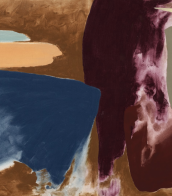
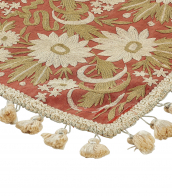



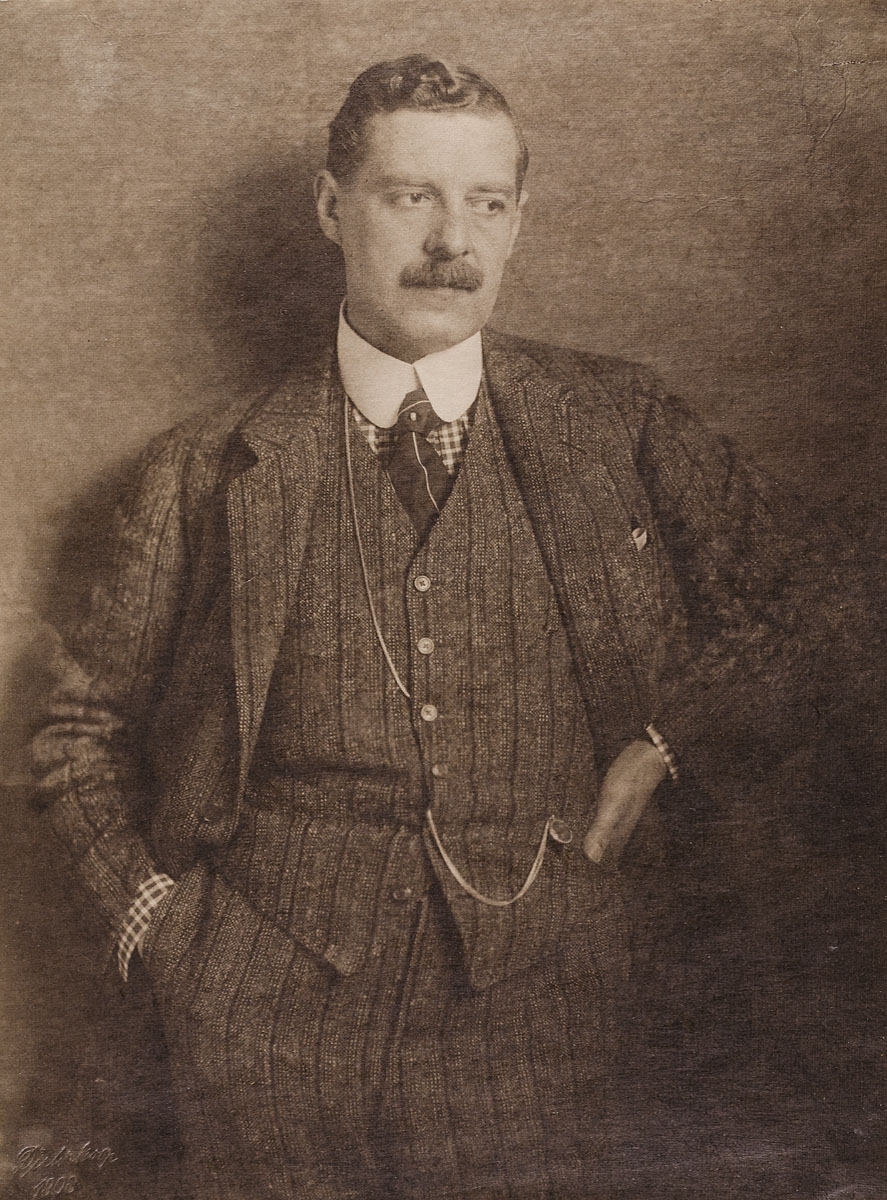
Peter Behrens was a seminal figure in modern design and architecture, heralded as the first industrial designer and a pioneer in modernist architecture. Born in Hamburg, Germany, Behrens's influence spanned across various domains, including architecture, industrial design, and graphic design. His holistic design approach was revolutionary, encompassing everything from architectural projects to corporate identities.
Behrens's association with AEG (Allgemeine Elektrizitäts-Gesellschaft) marked a significant chapter in his career. Hired as an artistic consultant in 1907, he crafted a comprehensive corporate identity for AEG, including the iconic AEG Turbine Factory (1909), a hallmark of industrial classicism and modernism. This work is celebrated for its pioneering approach to industrial architecture and design, integrating form and function with unprecedented clarity and coherence.
His architectural ventures displayed a versatility and an evolution of style, from the monumental, stripped classical form seen in the German Embassy in St Petersburg (1912) and the Administration Building for Continental AG in Hannover (1912-1914), to the expressive Brick Expressionism of the Technical Administration Building of Hoechst AG in Frankfurt (1920-1924). Behrens's work in the 1920s, including the design for the 'New Ways' house in Northampton, UK, and contributions to the Weissenhof Estate in Stuttgart, underscored his shift towards New Objectivity and modernist principles.
Moreover, Behrens's educational contributions were profound, with his teaching stints at the Academy of Fine Arts Vienna influencing a new generation of architects, including luminaries such as Ludwig Mies van der Rohe, Le Corbusier, and Walter Gropius, who would themselves go on to define the course of 20th-century architecture.
Behrens's legacy is a testament to the transformative power of design, illustrating how integrated and forward-thinking approaches can redefine our built environment and the objects we use daily. His work remains an essential study for collectors, experts in art and antiques, and anyone interested in the evolution of modern design and architecture.
For updates on exhibitions and auctions featuring Peter Behrens's work, sign up for our newsletter. Stay informed about new discoveries, sales, and events related to this pivotal figure in modern architecture and design.

